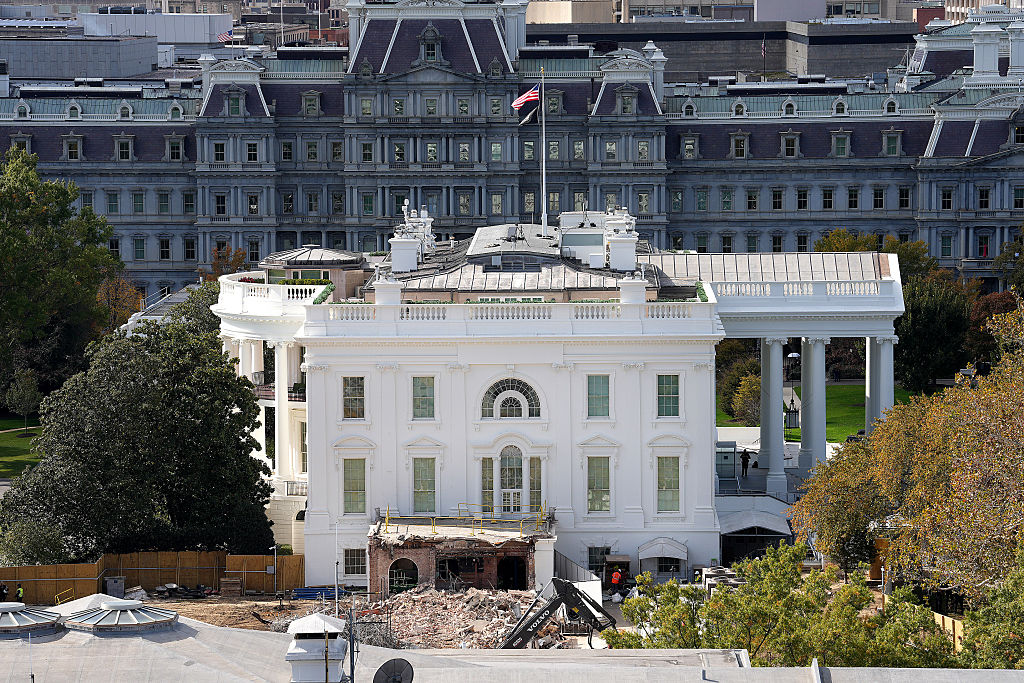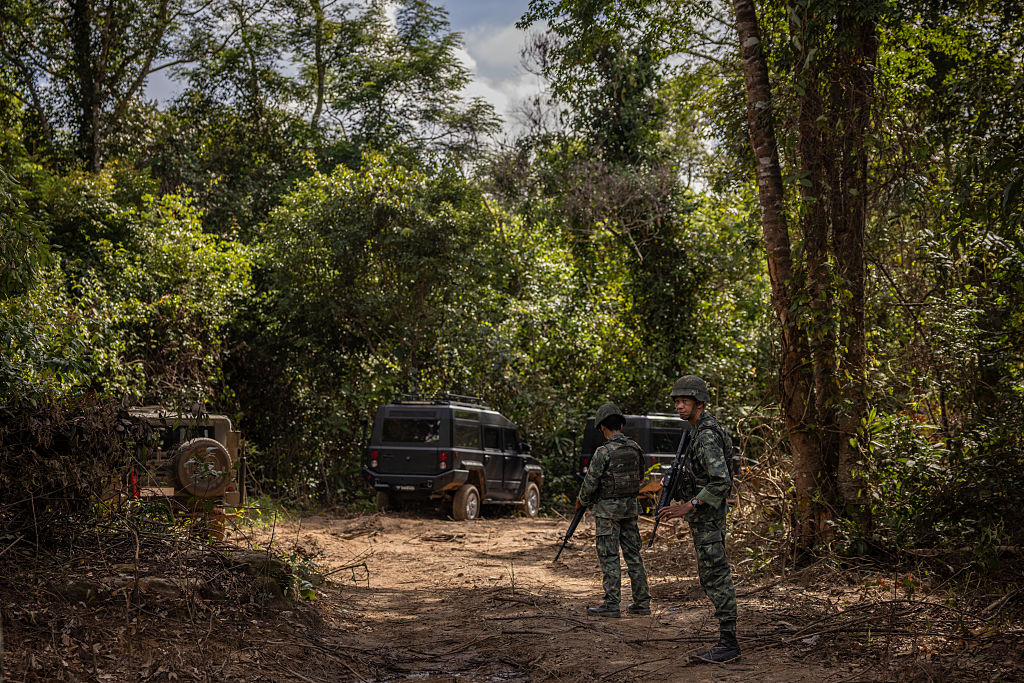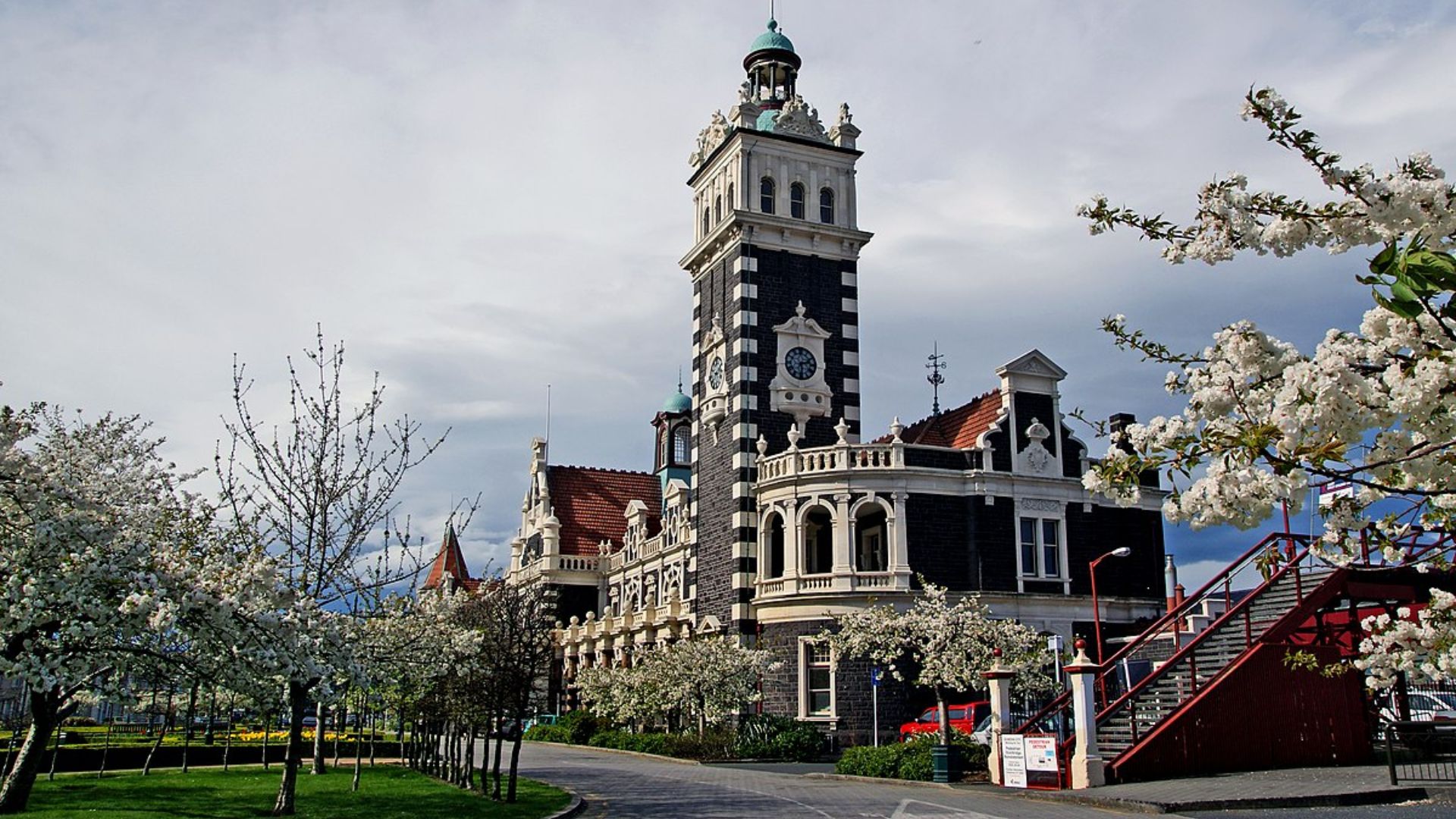
You expect beauty during or at the end of the journey, not before it begins. But walk into the right train station, and the space around you suddenly feels like a destination itself. Maybe it’s a ceiling painted with constellations you didn’t expect to see. Or maybe it’s the surprise of finding art, history, and a departure board perfectly staged before you. Across the world, a few train stations have quietly become must-see spots for architecture lovers, travelers, and curious souls alike. Some you’ve seen in movies. Others you’ve likely never heard of. All are unforgettable once experienced. Ready to travel somewhere extraordinary—without even boarding the train? Read on. These 14 stations might just steal the show.
Antwerpen-Centraal, Belgium
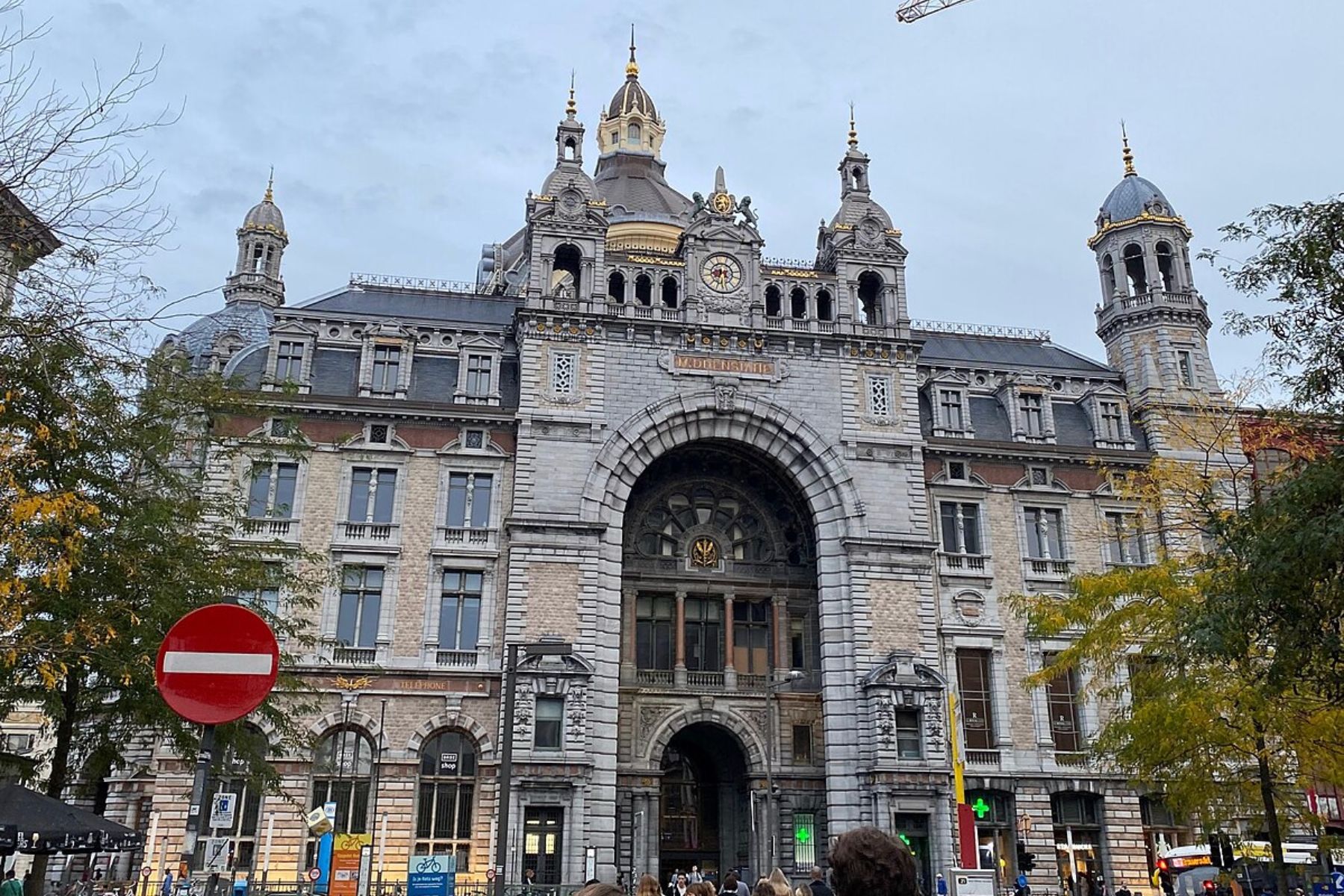
Often called the “railway cathedral,” Antwerpen-Centraal lives up to its divine nickname. Built in 1905, it features a towering stone dome and an iron-and-glass trainshed that stuns visitors. A Travel + Leisure favorite, its entrance features regal stone lions. It even hosted a viral Bollywood flash mob beneath its grand arches.
St. Pancras International, London
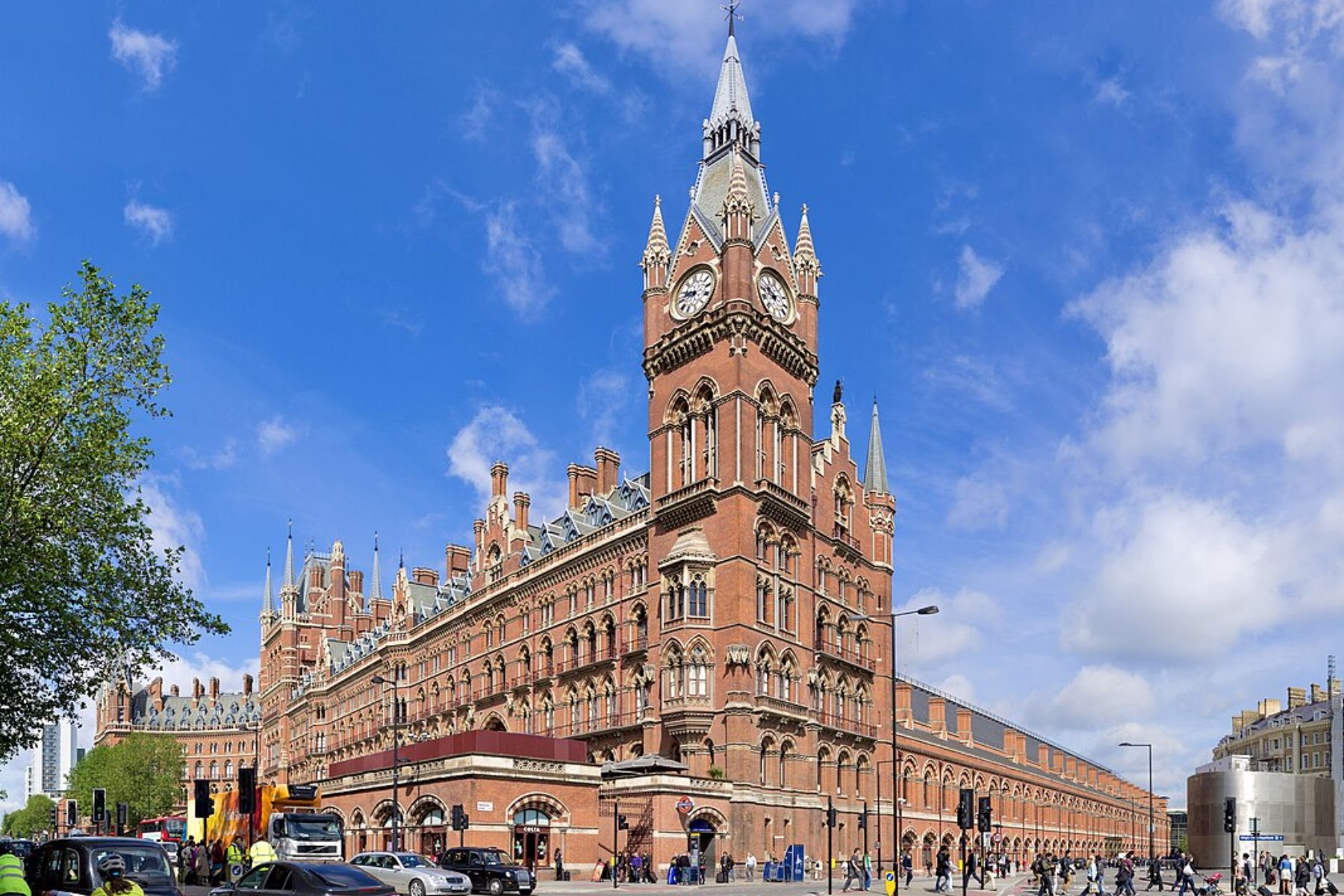
St. Pancras International blends Victorian Gothic splendor with modern flair. Opened in 1868, it’s home to the world’s longest Champagne bar and the Eurostar’s London hub. Rescued from demolition by public protest, it now features a statue of poet John Betjeman and often serves as a backdrop for fashion shoots and music videos.
Chhatrapati Shivaji Terminus, Mumbai
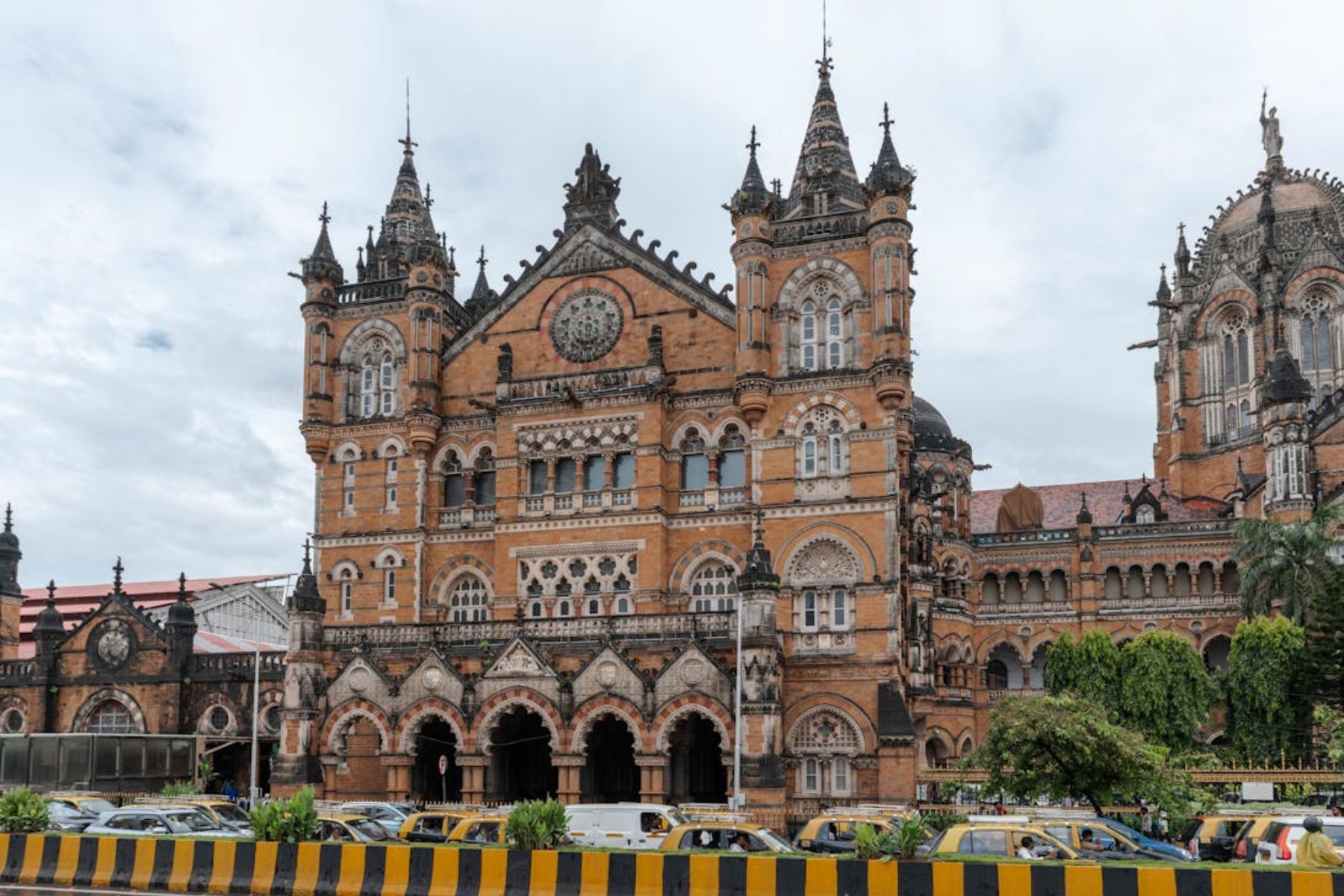
As a UNESCO World Heritage Site, this station is a masterwork of Indo-Gothic fusion. Opened in 1887, Chhatrapati Shivaji Terminus pulsates with energy, moving 3 million people daily through 18 platforms. Stone carvings of gargoyles and peacocks add flair. Movie lovers may even recognize it from the unforgettable climax of “Slumdog Millionaire.”
São Bento Station, Porto
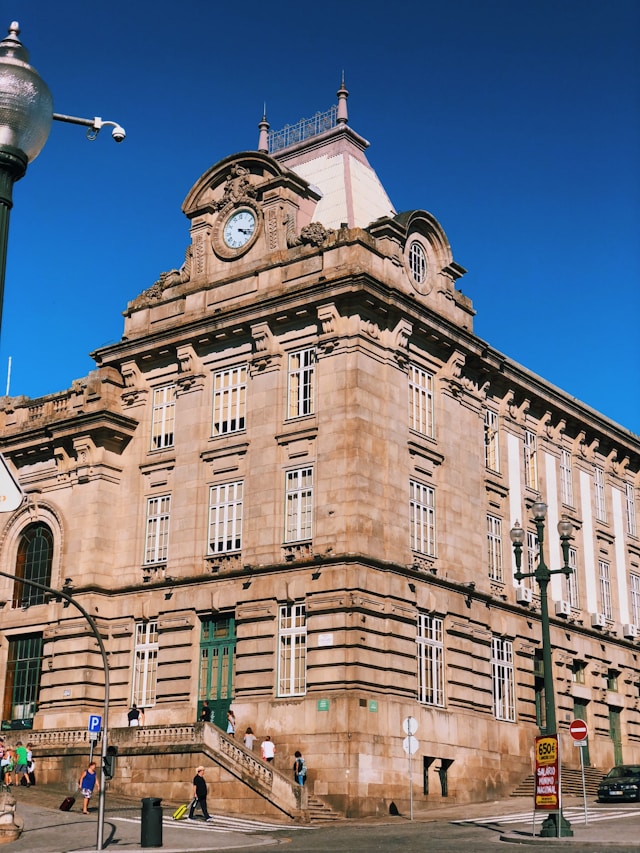
A wall of 20,000 hand-painted azulejo tiles tells Portugal’s story in blue and white. Opened in 1916 atop a former Benedictine convent, this station took 11 years of tilework to complete. Often ranked among Europe’s most artistic, it doubles as a functioning terminal and a stunning public art gallery.
Grand Central Terminal, New York City
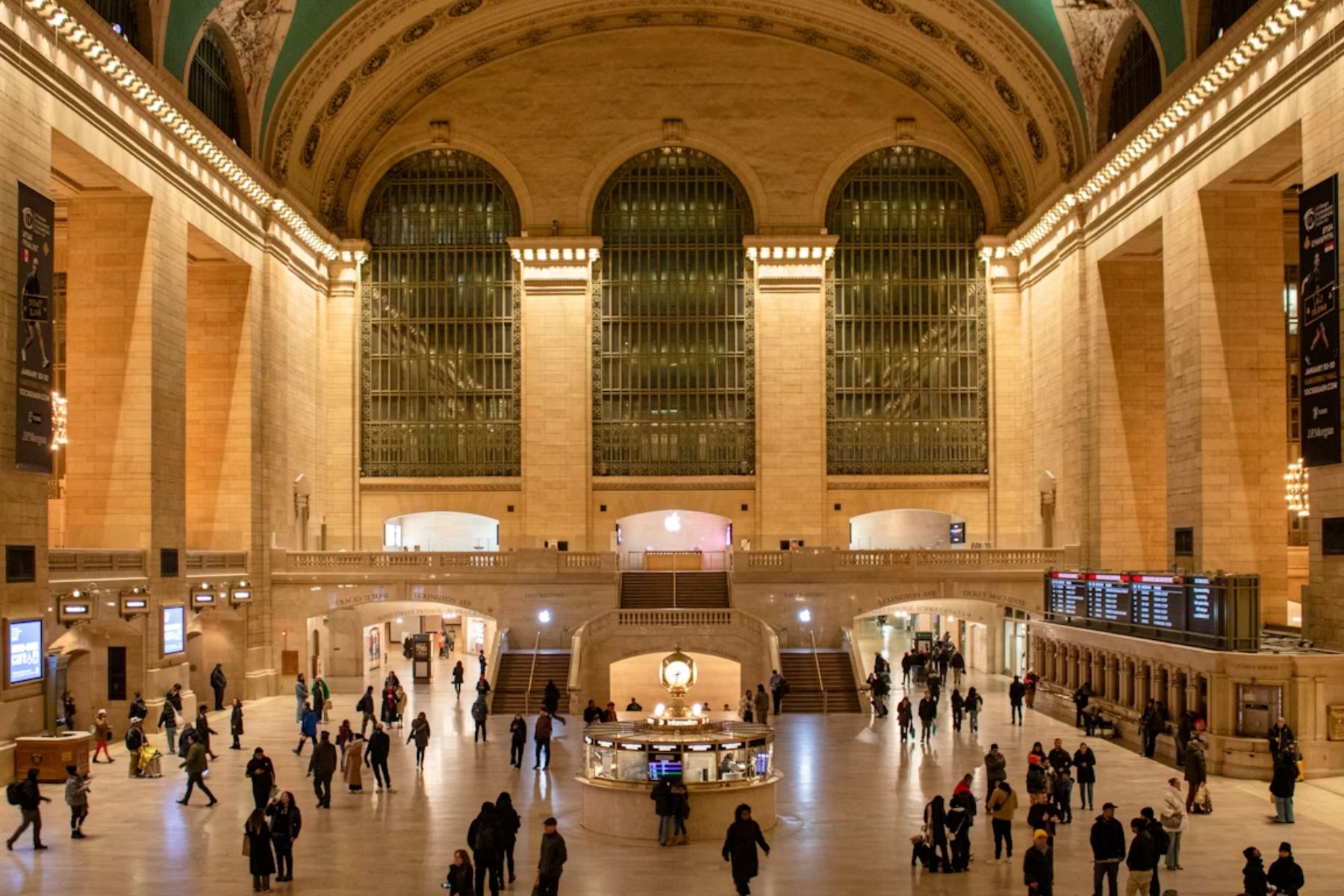
Beneath a ceiling mapped with constellations, New York’s Beaux-Arts icon has dazzled travelers since 1913. Its Whispering Gallery sends voices bouncing across arches like a party trick built into the walls. Once nearly torn down in the 1970s, the station even hid a tennis court—because why not? It’s New York.
Gare Du Nord, Paris
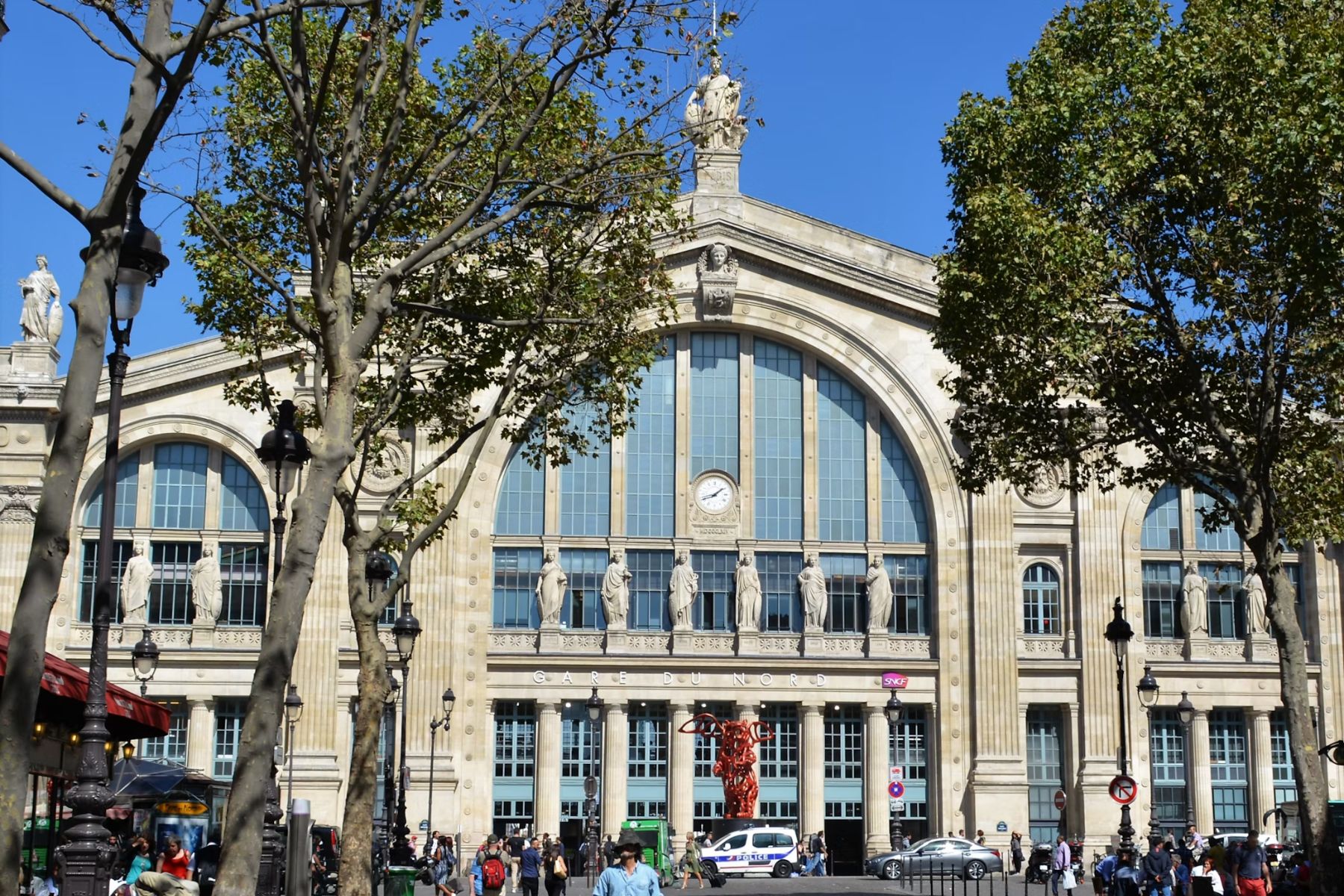
This isn’t just Paris’s travel powerhouse—Gare du Nord is Europe’s busiest station, welcoming over 200 million passengers each year. Built in 1864, its imposing façade features statues symbolizing key cities. Action fans may spot it in “The Bourne Identity,” where its cinematic design added tension and grandeur to a chase scene.
Kanazawa Station, Japan
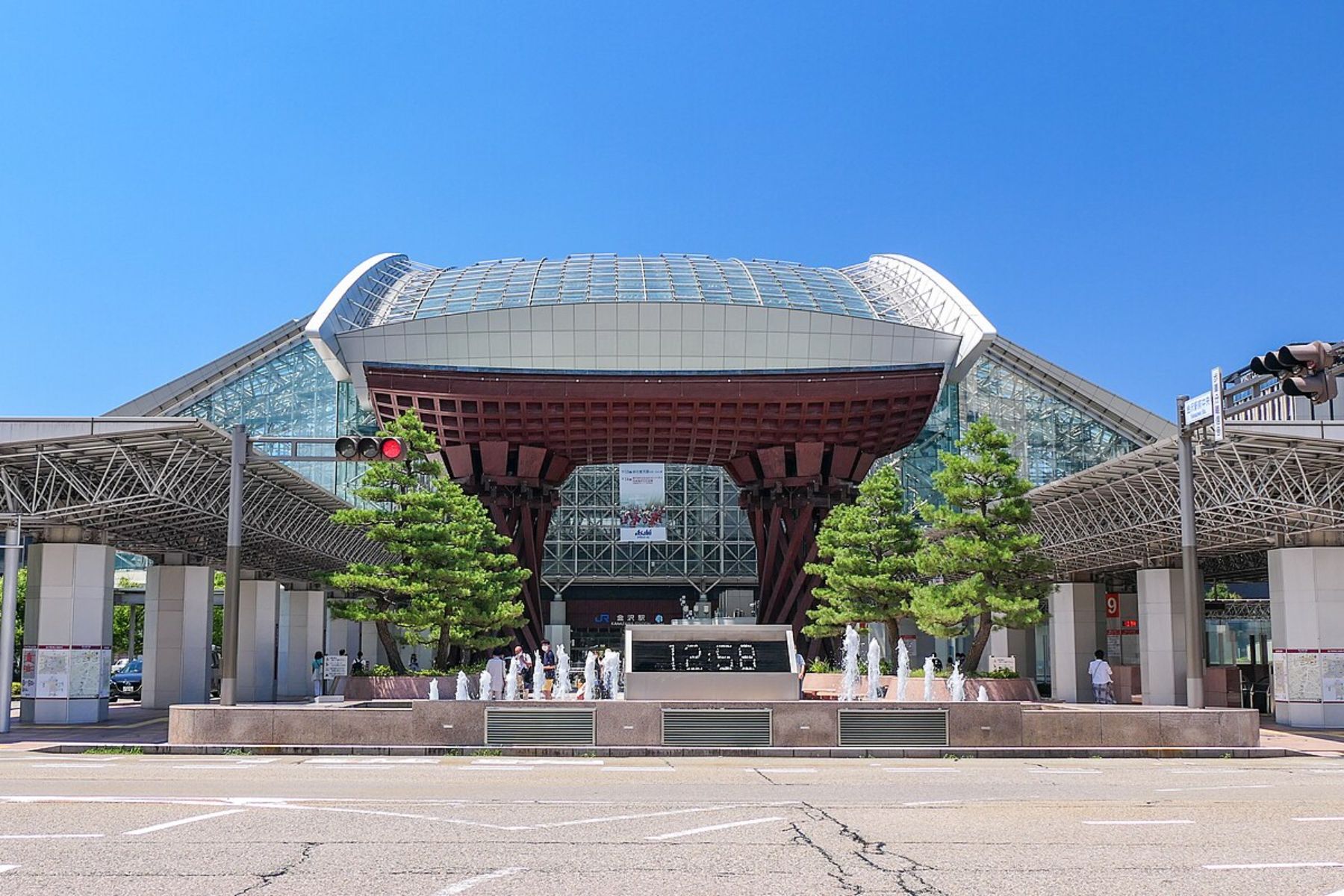
A massive glass-and-steel gate shaped like traditional Japanese drums makes a bold first impression at Kanazawa Station. Rebuilt in 2005, its futuristic dome stirred plenty of debate but eventually won over the locals. Though it first opened in 1898, the station now stands as a striking blend of heritage and innovation.
Helsinki Central Station, Finland
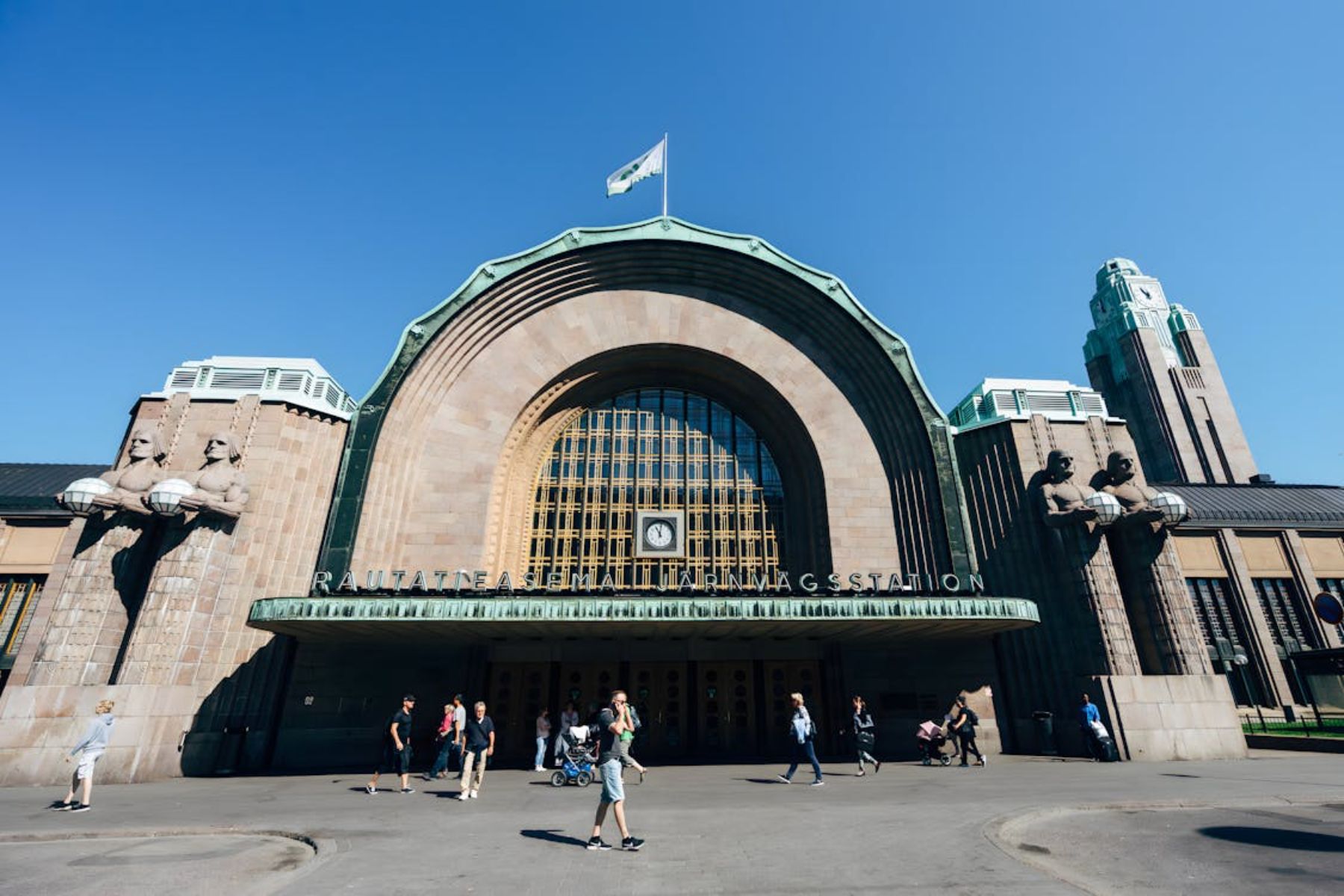
Designed by Eliel Saarinen in 1919, Helsinki Central has granite giants clutching glowing lanterns—icons of Finnish Art Nouveau. The lanterns shine at night while history lingers underground. During WWII, it doubled as an air raid shelter. Its presidential lounge remains off-limits to the public, heightening the mystery within.
Milano Centrale, Italy
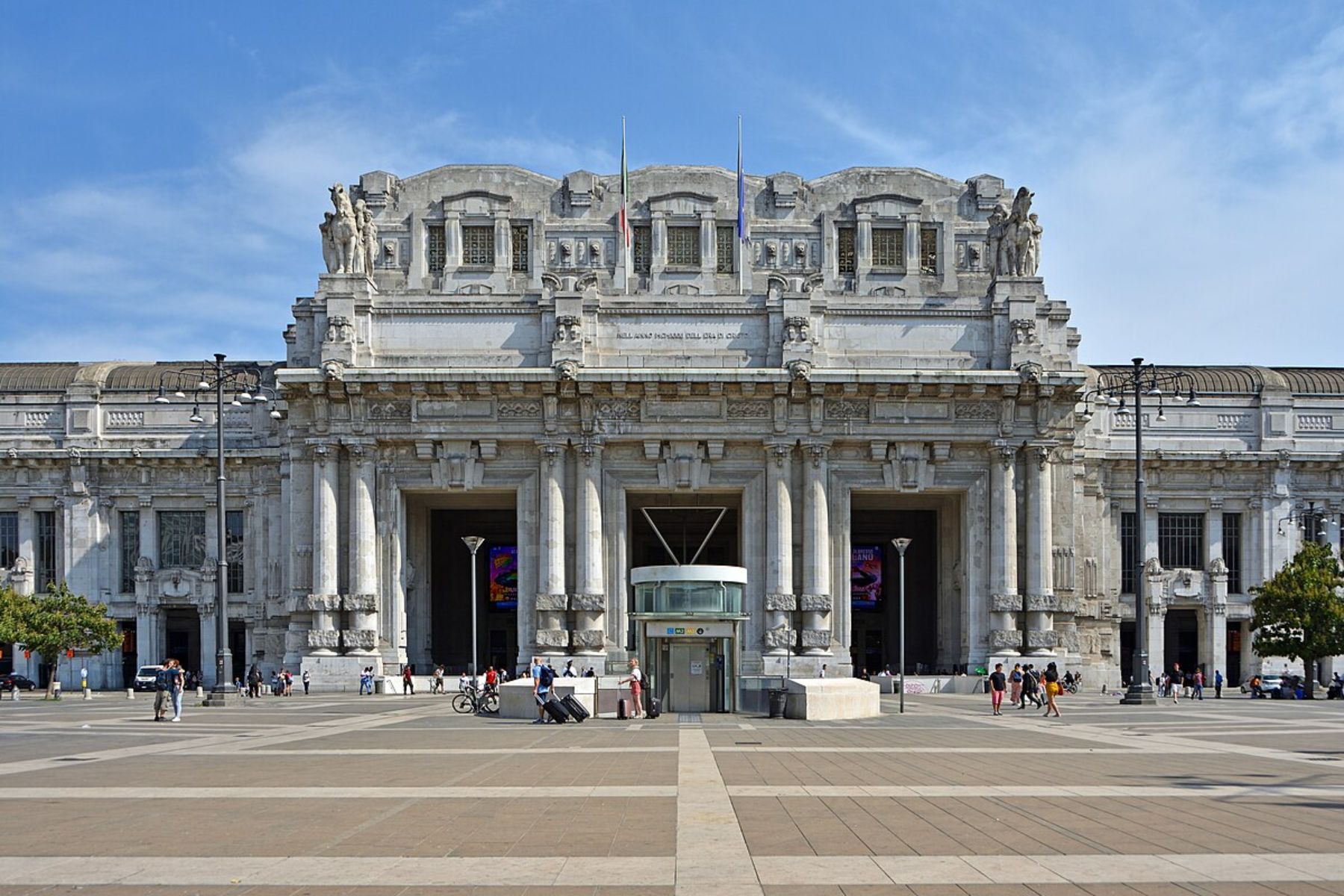
Built in 1931, Milano Centrale looks more like a fortress than a train station. Art Deco lines meet imperial swagger as eagles and lions loom from its massive façade—a bold nod to Mussolini’s regime. Over 300,000 travelers move daily through its unapologetically grand and bold architecture.
Liege-Guillemins, Belgium
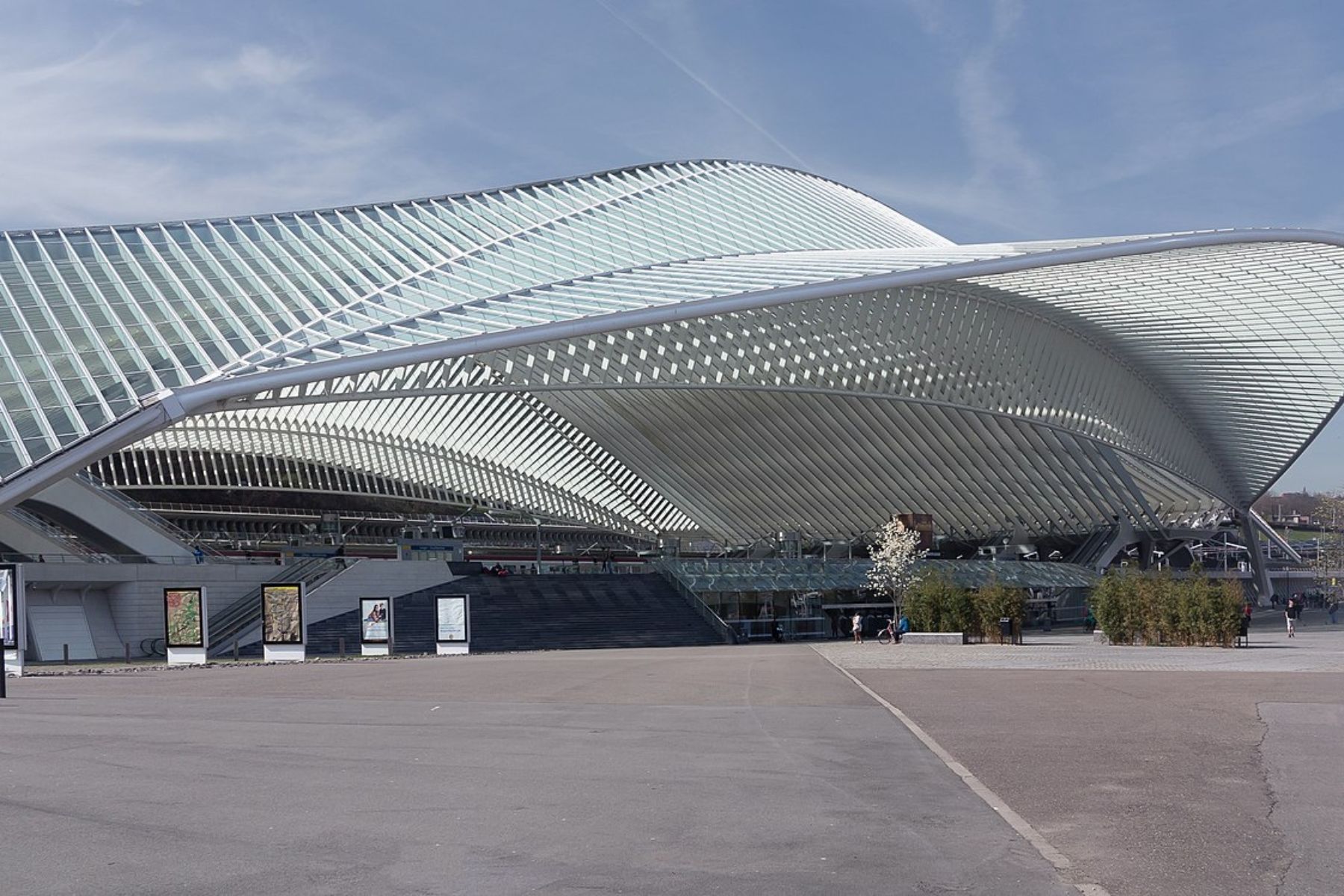
Unlike traditional stations, this one looks like it came from the future. It was designed by Santiago Calatrava and opened in 2009. Liege-Guillemins has flowing curves in glass and steel with no classic style, only movement and light. It’s a sci-fi cathedral reimagining what a public structure can be.
Madrid Atocha, Spain
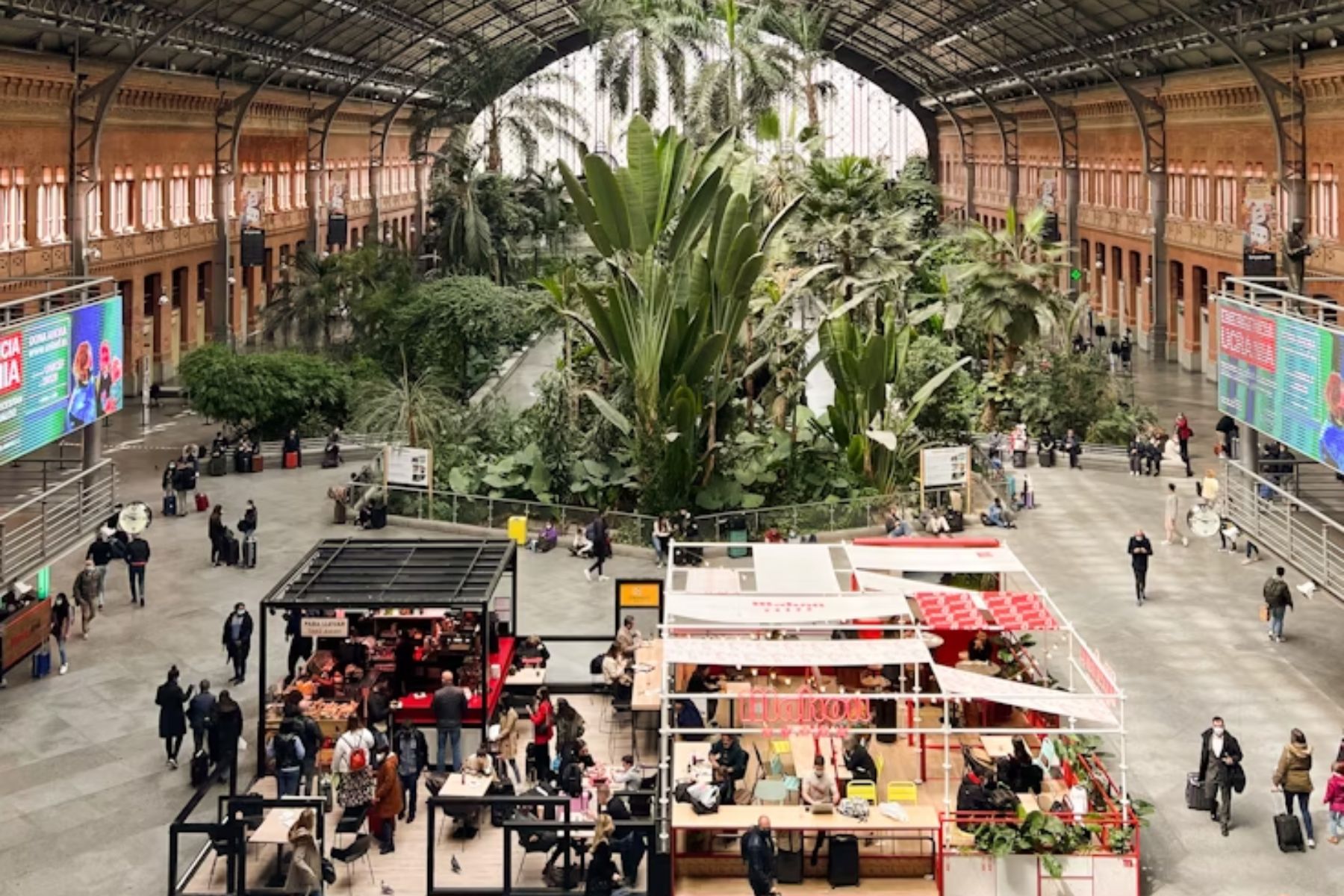
Madrid Atocha fuses rail and rainforest. Once a 19th-century terminal, it became a tropical garden in 1992, home to 6,000 plants and live turtles. After surviving a tragic accident in 2004, the station reopened even stronger as an enduring symbol of healing and architectural wonder.
Kuala Lumpur Railway Station, Malaysia

Kuala Lumpur’s 1910 station resembles a royal palace more than a transit hub. Its Indo-Saracenic design merges Mughal, Moorish, and colonial styles into a visual masterpiece. Though KL Sentral has taken over its main duties, the building still draws architecture students and admirers from around the globe.
Dunedin Railway Station, New Zealand
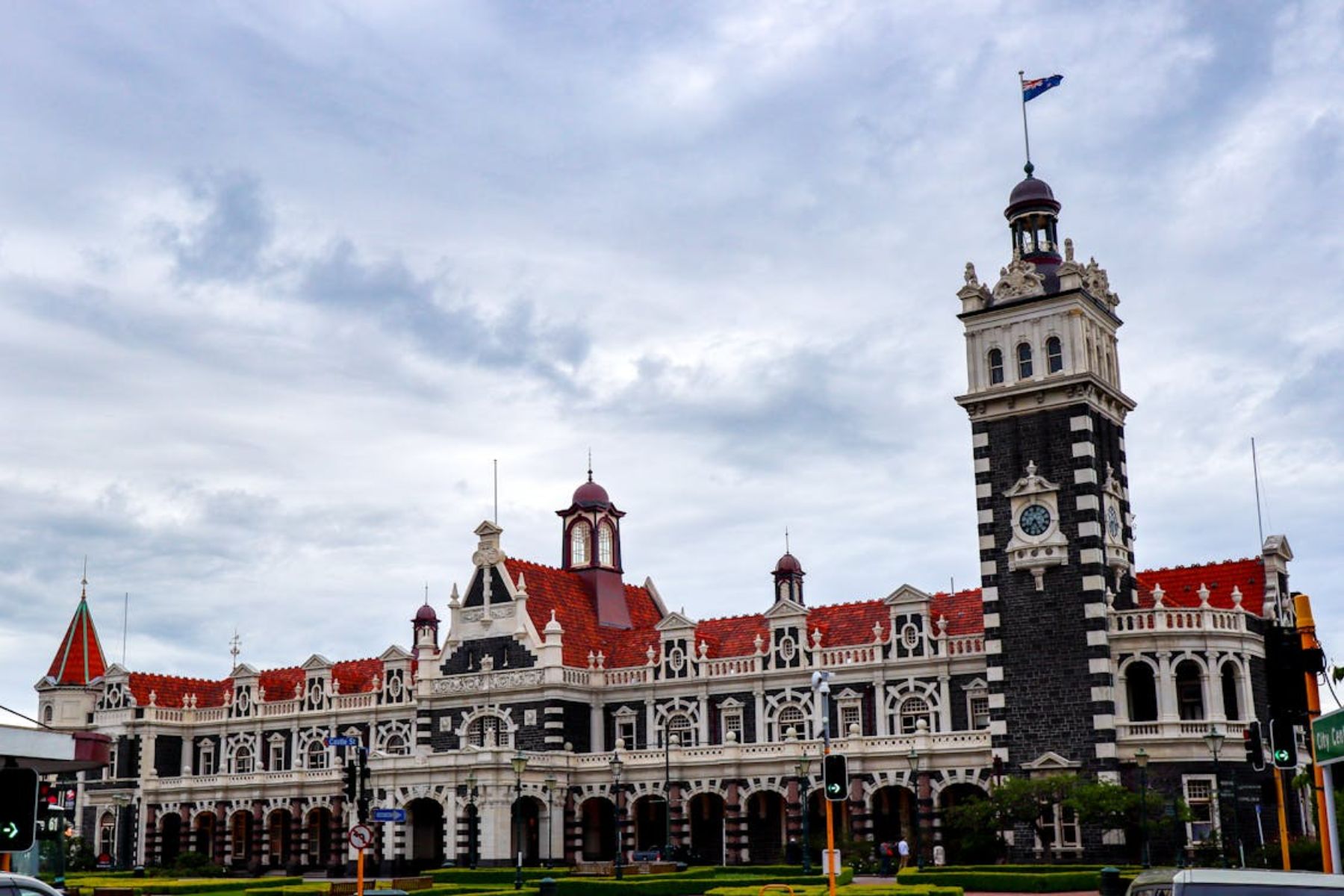
Constructed in 1906 with dark basalt and pale Oamaru limestone, this Flemish Renaissance gem earned the nickname “Gingerbread House” due to its ornate design. Visitors step on more than 750,000 Minton tiles that form dazzling mosaic floors. Beyond trains, Dunedin Railway Station now moonlights as a stylish venue for fashion shows and art exhibits.
Union Station, Los Angeles
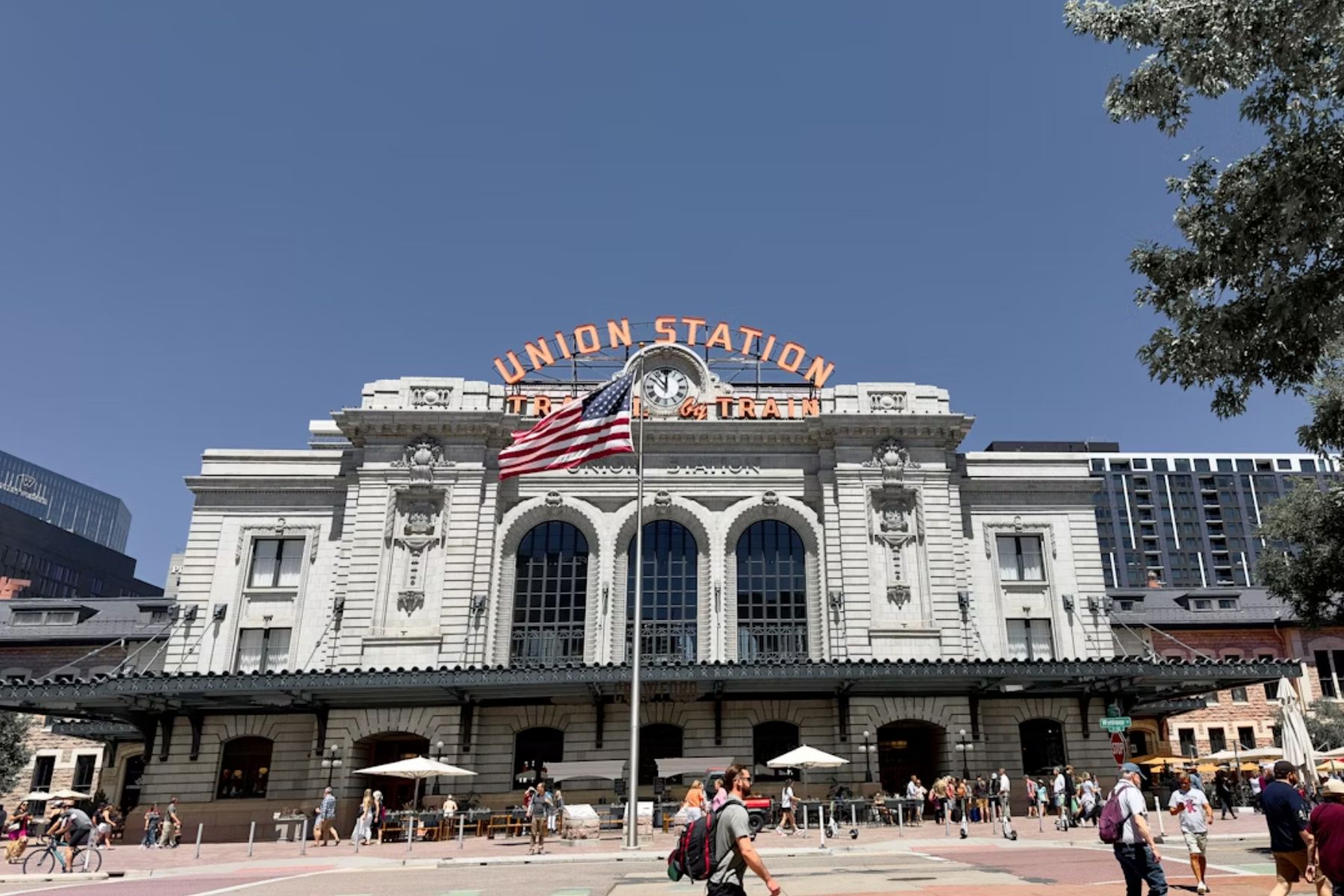
Opened in 1939, this Los Angeles landmark blends Spanish Colonial and Art Deco into one show-stopping space. Nicknamed the “Last of the Great Train Stations,” it features rare rose marble and timeless design touches. Its cinematic charm hasn’t gone unnoticed, as “Blade Runner” and “Catch Me If You Can” were filmed here.
Tanggula Station, Tibet
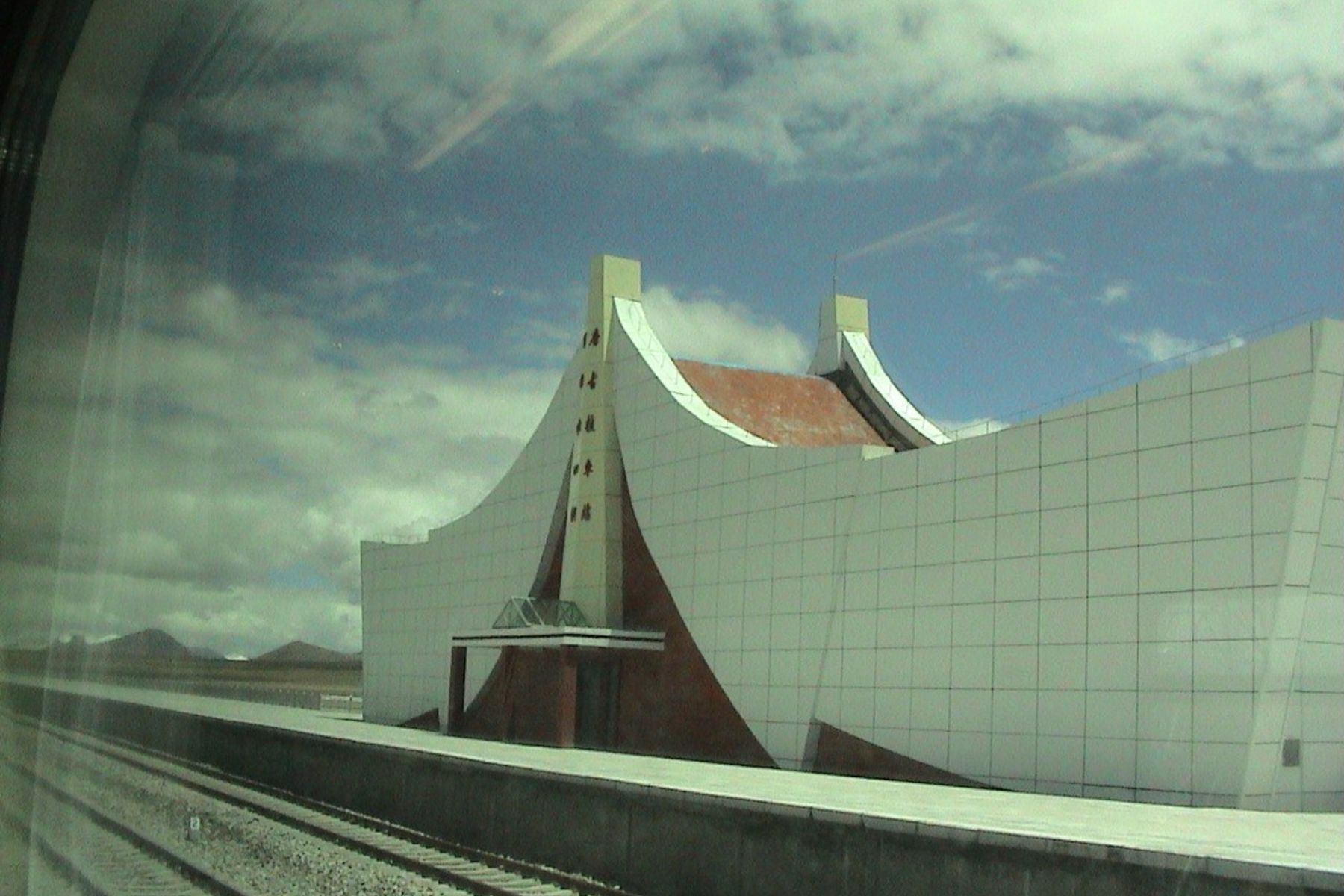
Tanggula Station sits 16,627 feet above sea level, which makes it the Earth’s highest rail stop. Part of the Qinghai–Tibet Railway, it operates unstaffed and without a roof, braced for relentless high-altitude winds. Snow blankets the area year-round, and thin air means altitude sickness is a real risk for travelers.




